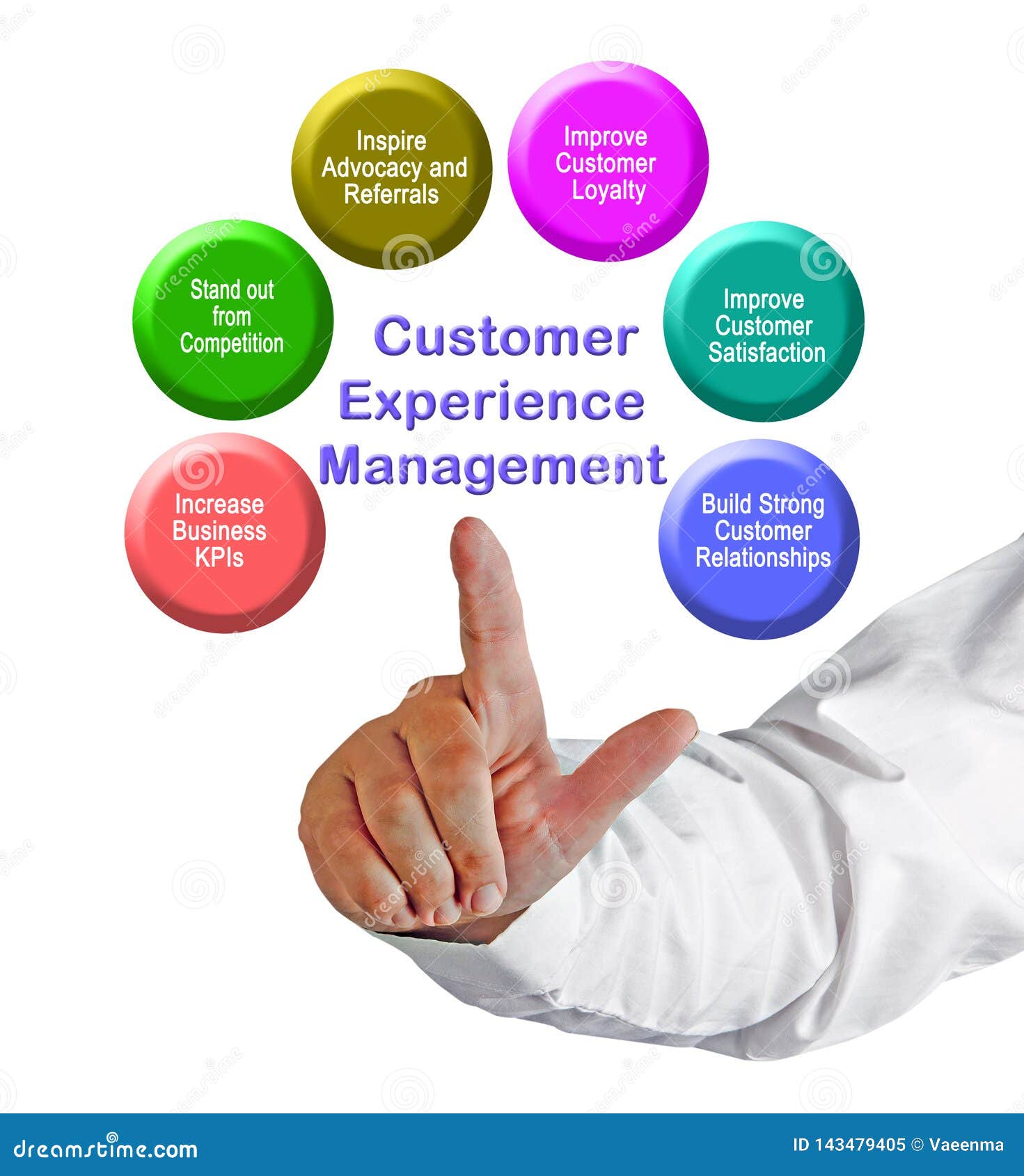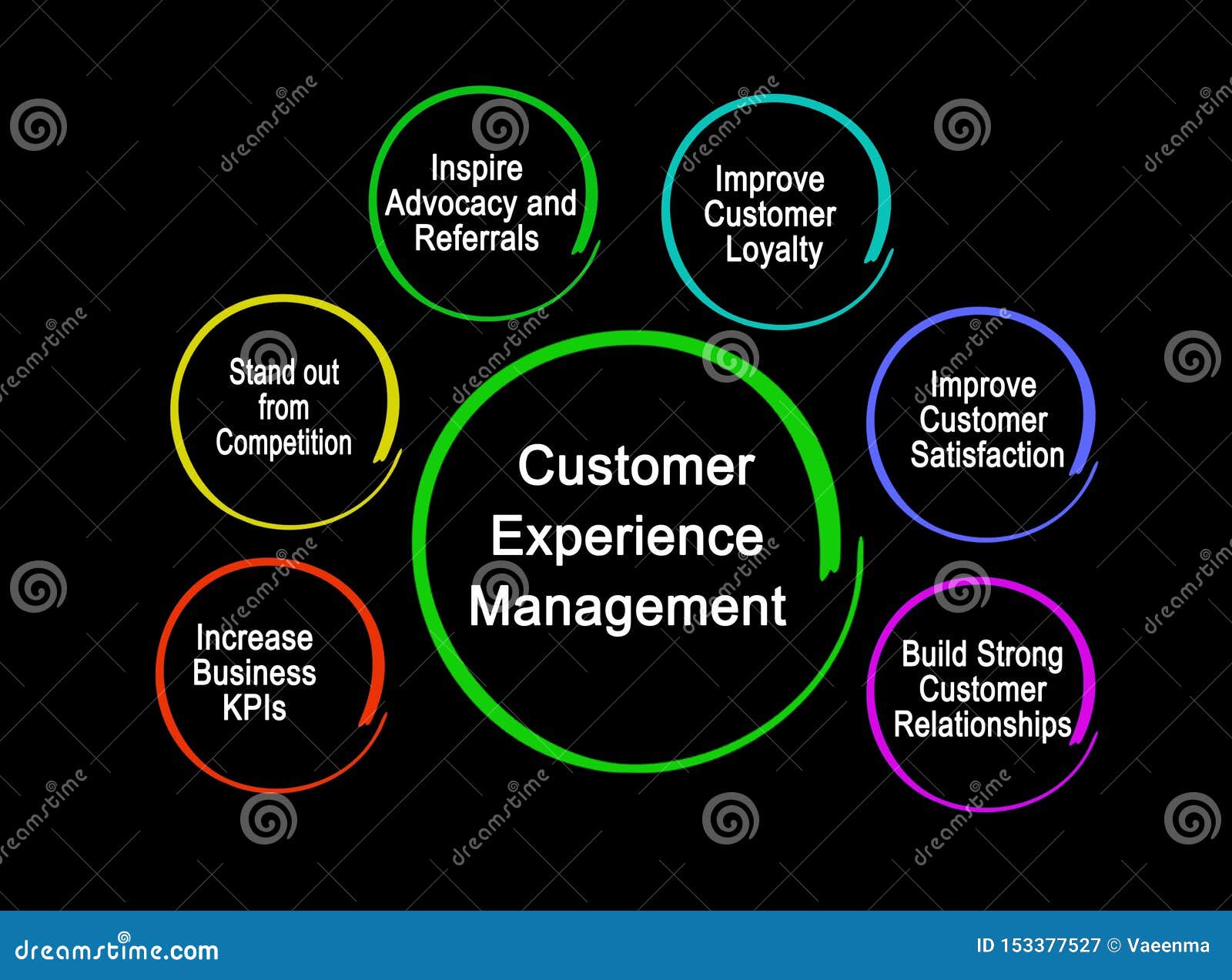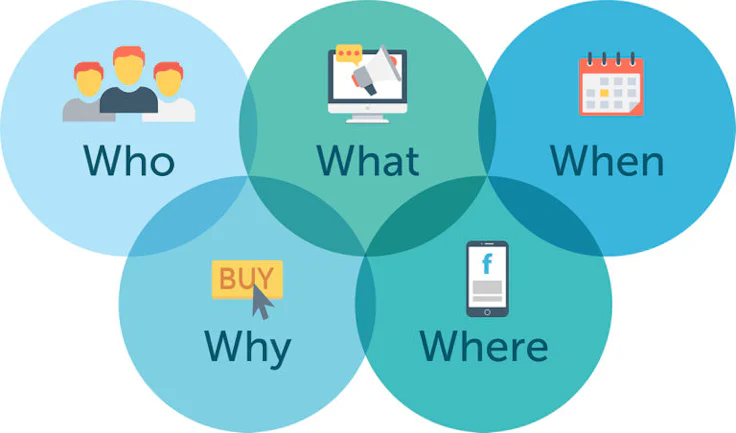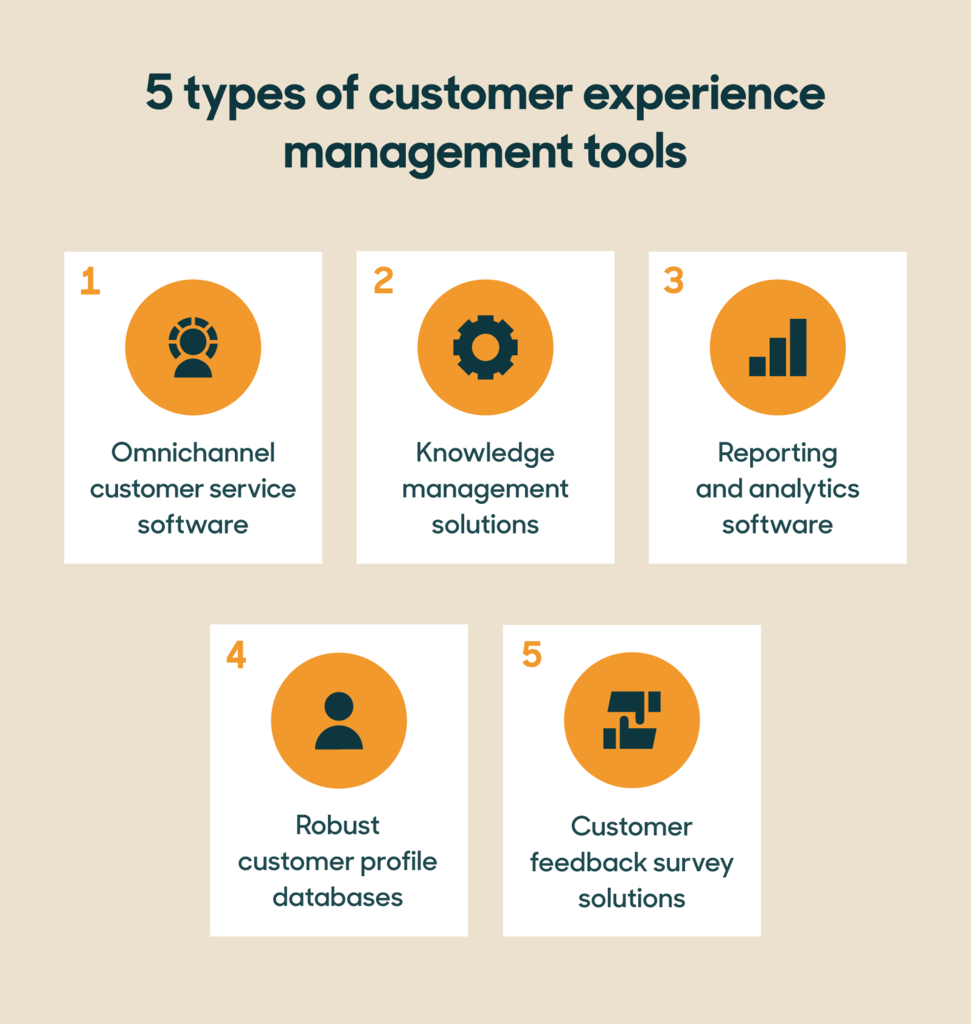What is Customer Experience Management (CEM)
Customer Experience Management, or CEM, is all about ensuring that every interaction a customer has with a business is positive, memorable, and consistent. It's like crafting a journey for your customers from the moment they discover your brand to the moment they become loyal advocates.

Importance of Customer Experience Management in Business
CEM is the backbone of any successful business. It's what sets apart the brands that thrive from the ones that struggle. Think about it this way: would you rather shop at a store where you feel valued and understood or at one where you feel like just another number? That's the power of Customer Experience Management tools. It builds trust, loyalty, and, ultimately, revenue.
Key Components of Customer Experience Management
In this section, you’ll find the key components of Customer Experience Management.

Understanding Customer Journey
Imagine you're on a road trip. Your journey has a beginning, middle, and end. The same goes for your customers. They embark on a journey with your brand, starting from the moment they discover you to when they make a purchase and beyond.
Understanding this journey is crucial for effective CEM. It involves mapping out every touchpoint a customer has with your brand, from browsing your website to contacting customer support..
Customer Feedback Management
Feedback is like a compass that guides you in the right direction. It provides valuable insights into what your customers love about your brand and what they think could be improved.
Managing customer feedback involves collecting, analyzing, and acting upon it in a timely manner. This could be through surveys, online reviews, or direct communication channels.
Personalization and Customization
Think of personalization as adding a sprinkle of magic to your customer experience. It's about tailoring your products, services, and communications to meet the unique needs and preferences of each individual customer.
Customization takes it a step further by allowing customers to create their own unique experiences. Whether it's choosing the color of a product or selecting their preferred communication channels, customization puts the power in the hands of the customer.
Omnichannel Experience
In this digital times, customers expect seamless experiences across all channels. Whether they're browsing your website, visiting your store, or engaging with you on social media, they want consistency and convenience.
Omnichannel experience means integrating all these channels into a cohesive and interconnected ecosystem. It's about meeting customers where they are and providing a unified experience regardless of the channel they choose.
Employee Engagement in CEM
Your employees are the heart and soul of your customer experience. They're the ones who interact with customers on a daily basis, whether it's in person, over the phone, or online.
Employee engagement in CEM means empowering your staff to deliver exceptional service and instilling a customer-centric mindset throughout your organization.
When employees feel valued and supported, they're more likely to go above and beyond to delight customers, leading to long-term relationships and positive word-of-mouth.
The 5 W's of Customer Experience Management
There are 5 W’s of Customer Experience Management - What, Why, Who, When, and Where. So check them out.

What is Customer Experience Management?
Picture this: You walk into a store, and everything from the layout to the service leaves you feeling happy and satisfied. That's what Customer Experience Management (CEM) is all about. It's the art of creating positive and memorable interactions between a customer and a business.
CEM isn't just about providing good service; it's about crafting a journey for your customers from the moment they discover your brand to the moment they become loyal advocates.
Why is Customer Experience Management Important?
Put simply, CEM is the secret sauce that sets successful businesses apart from the rest. Think about it: would you rather shop at a store where you feel valued and understood, or at one where you feel like just another number?
Studies show that customers are willing to pay more for a better experience. Plus, satisfied customers are more likely to recommend your brand to others, leading to increased loyalty and revenue.
Who Benefits from Customer Experience Management?
Everyone benefits from CEM, from customers to businesses to employees. Customers enjoy better service, businesses see increased loyalty and revenue, and employees feel empowered and motivated to deliver exceptional experiences.
Whether you're a small mom-and-pop shop or a multinational corporation, CEM is essential for building long-term relationships with customers and differentiating yourself from the competition.
When to Implement Customer Experience Management?
The sooner you start implementing CEM strategies, the better. Whether you're just starting out or you've been in business for years, it's never too late to prioritize the customer experience.
Ideally, CEM should be integrated into your business strategy from the get-go. However, if you haven't already, now is the perfect time to start.
Where to Apply Customer Experience Management Strategies?
CEM strategies can be applied across all touchpoints where customers interact with your brand, both online and offline. This could include your website, social media channels, brick-and-mortar stores, customer service hotlines, and more.
Suggested Reading: Customer Engagement
What are the Customer Experience Management Tools?
Customer experience management tools are essential for enhancing customer satisfaction and loyalty. These tools include:

Customer Feedback Software: This Customer Experience Management tool collects and analyzes customer opinions.
Customer Relationship Management (CRM): CRM as Customer Experience Management tools manages interactions and data throughout the customer lifecycle.
Analytics Tools: Provides insights into customer behavior and preferences.
Customer Journey Mapping: This Customer Experience Management tools visualizes the customer's path from awareness to purchase.
Chatbots and AI Assistants: Chatbots like BotPenguin offers 24/7 customer support and personalized experiences.
Social Media Monitoring Tools: Tracks and engages with customers on social platforms.
Email Marketing Software: This Customer Experience Management tools delivers targeted and personalized communications.
Customer Support Platforms: Centralizes and streamlines customer service operations.
Frequently Asked Questions(FAQs)
What is Customer Experience Management (CEM)?
Customer Experience Management is the practice of designing and reacting to customer interactions to meet or exceed their expectations, leading to greater satisfaction, loyalty, and advocacy.
Why is Customer Experience Management important for businesses?
Customer Experience Management is crucial as it increases customer satisfaction, fosters repeat business and positive word-of-mouth, and can differentiate a company from its competitors.
How does Customer Experience Management impact customer loyalty?
Effective CEM strategies can significantly enhance customer loyalty by providing a consistently positive experience, resolving issues efficiently, and making customers feel valued.
What are the key components of Customer Experience Management?
Key components include customer feedback, personalized interactions, multi-channel consistency, employee training, and measurement of customer satisfaction metrics.
How can technology be used to improve Customer Experience Management?
Technology can be used for personalizing customer interactions, automating responses, collecting and analyzing feedback, and creating seamless experiences across various channels.
